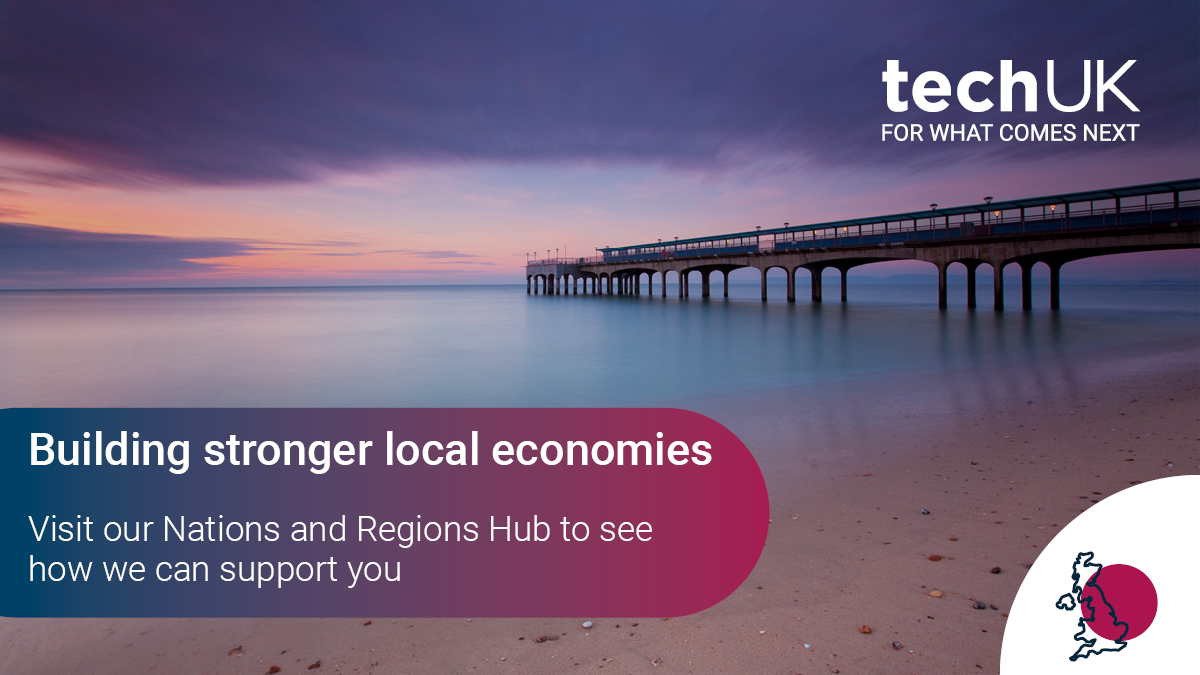Smart Collaboration: The Crucial Nexus of Public and Private Sectors
Believe it or not, back in 2010, ultrafast connectivity was nearly non-existent in the UK. Fast forward to today, and more than half of all UK premises can access full fibre broadband.
This transformative technology offers speeds exceeding one gigabit per second (Gbps), and the government now sets its sights on universal fibre connectivity by 2030, with a focus on enabling speeds of up to 10Gbps where feasible.
It’s a technology that is delivering speeds of over one gigabit per second (Gbps) and the government is now aiming to have all premises connected to fibre by 2030, with a growing emphasis on enabling speeds of up to 10Gbps where practicable.
Undoubtedly, the deployment of this improved digital infrastructure has been a strong success story for the UK in recent years, but there’s still more to do. And that drive towards increasing coverage and access to businesses fibre is dependent, in no small part, to alternative network providers, known as altnets.
Their role, and often innovative new ways of serving regional markets, is leading the march on our path to 2030.
By moving beyond a reliance on the established incumbents, there’s now an ecosystem of nearly 130 altnets has been created, reaching a wide variety of buildings across the country, building networks that are fit for the future.
One of the most innovative approaches can be seen through public-private sector collaboration.
Removing barriers through joint ventures
ITS designs, builds and operates wholesale full fibre networks known as ‘Faster Britain’.
Throughout the UK, hundreds of internet service providers, network operators and resellers are all partnering with ITS to consistently expand the provision of ultrafast, full-fibre gigabit connectivity.
However, collaborations between the public and private sectors are also a vital part of ITS’s work, highly tailored to local needs. They’re become an innovative way of accelerating access for businesses and citizens, as well as propelling the country towards its 2030 target.
One such collaboration is LCR Connect, a £30m joint venture with Liverpool City Region Combined Authority that is on track to transform the digital infrastructure of the six local authorities across the region.
A first of its kind in the UK, the public private joint venture between the Liverpool City Region Combined Authority (LCRCA), in partnership with ITS (project lead) and NGE (construction partner), ensured the City Region could benefit from a wealth of full fibre expertise and delivery capabilities to the project.
It plays a central role in Metro Mayor Steve Rotheram’s manifesto for the City Region to become the most digitally connected and digitally inclusive places in the country, and a key factor for the region achieving the ambition to invest 5% of regional GVA on Research and Development (R&D) by 2030 – double government’s national target.
The 214km network will be complete by the end of 2023. It will give access to futureproof gigabit-capable services to more than 29k businesses, 29 key business parks, and other key assets across the city region.
And experts estimate that with 100% full fibre coverage, the economic boost to the Liverpool City Region could be worth up to £1bn, creating thousands of local jobs and training opportunities.
Similarly, another joint venture example is Digital Greenwich Connect, a £2m joint investment with the local authority’s innovation unit that aims to make a historic London borough one of the UK’s most digitally connected areas.
Impact at a regional level
Regional approaches also enable of resellers – with regional and expert insights – given the opportunity partner with ITS to consistently expand the provision of ultrafast, full-fibre gigabit connectivity.
As well as having a positive impact on these Region's existing businesses, such investments position the areas as optimal places for businesses and drive further investment, leading the way in growing sectors such as health and life sciences, artificial intelligence and advanced manufacturing.
They also attract talent, infrastructure, transport, international links and quality of life.
Looking ahead, expectations are that the rollout of full fibre connectivity will provide profound and long-lasting economic benefits to all parts of the UK. Just as with copper over the past century, fibre is a technology that will be relied upon by multiple generations.
Collaborations between the public and private sector are a vital part of ITS’s work, highly tailored to local needs. And it’s vital for propelling the UK forward.

techUK – Building Stronger Local Economies

techUK champions the tech sector throughout the UK. We work with local authorities, devolved government, and local and national policy makers to advocate for the tech sector in strengthening economic growth and resilience. We provide opportunities for our members and local stakeholders to meet, build relationships, and collaborate to drive forward local projects. For more information or to get in touch, please visit our Nations and Regions Hub and click ‘contact us’.
Upcoming Nations and Regions events:
Latest news and insights:
Get our Nations and Regions insights straight to your inbox:
Sign-up to get the latest updates and opportunities from our Nations and Regions programme.
Contact the team:
Learn more about our Nations and Regions campaign:

















